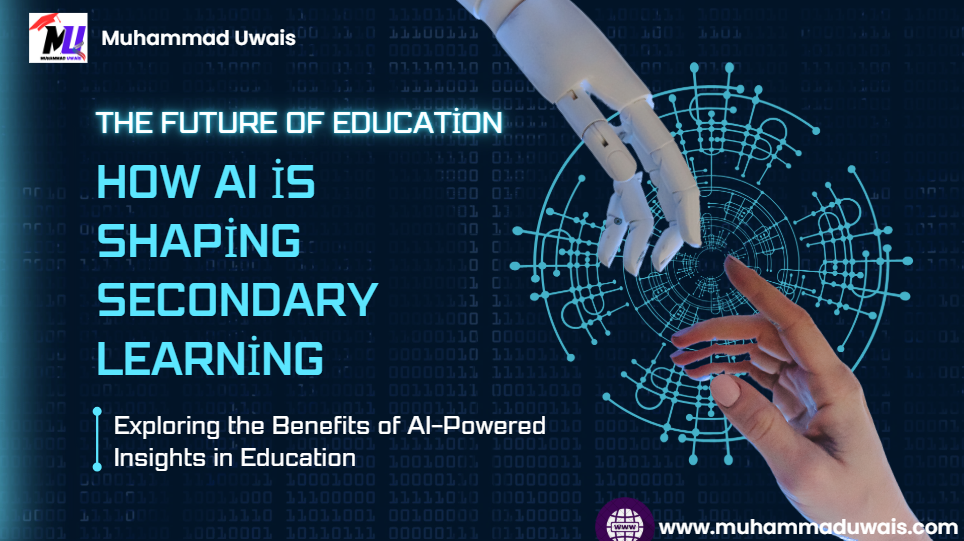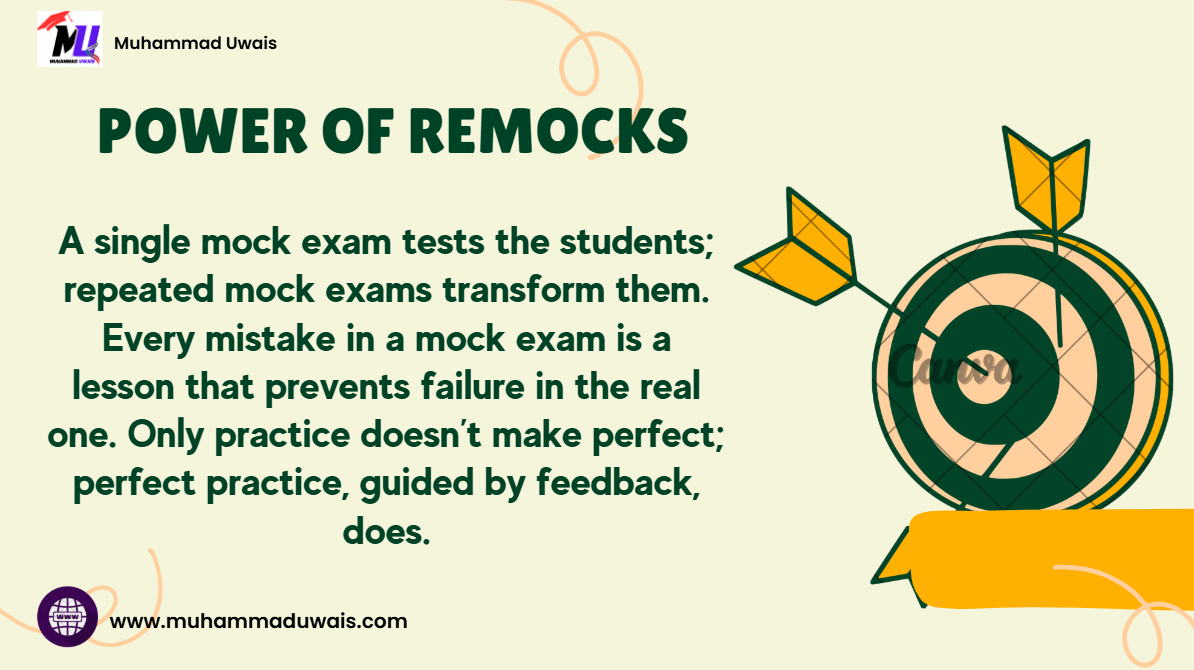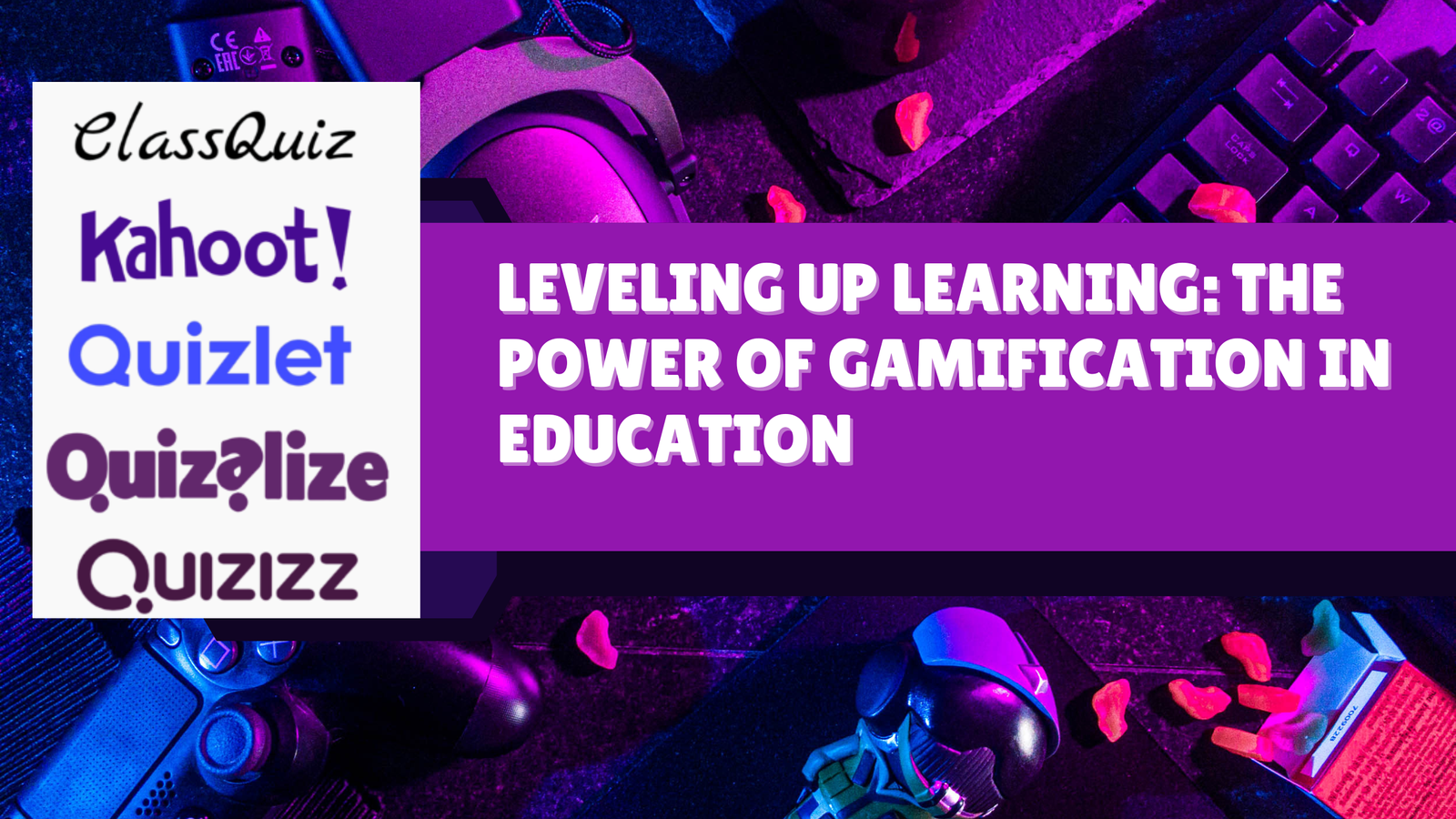The Future of Education: How AI is Shaping Secondary Learning
The integration of artificial intelligence (AI) into education has revolutionized how knowledge is delivered and consumed. Secondary education, a crucial phase in shaping young minds, is witnessing transformative changes thanks to AI-driven tools and platforms. From enhancing personalized learning to streamlining administrative tasks, AI has the potential to redefine teaching and learning for students and educators alike. This article explores how tools like ChatGPT are shaping secondary education and the key factors driving this transformation.
1. Personalized Learning: Meeting Students Where They Are
One of the most significant contributions of AI in secondary education is personalized learning. Traditional classrooms often follow a one-size-fits-all approach, which may leave some students behind while others are not sufficiently challenged. AI tools like ChatGPT can analyze a student’s learning style, pace, and areas of difficulty to provide tailored support.
- Adaptive Learning Platforms: AI-powered platforms assess individual performance and offer customized resources to address gaps in knowledge.
- Instant Feedback: Tools like ChatGPT allow students to receive immediate responses to their queries, helping them understand concepts in real time.
- Self-Paced Learning: Students can learn at their own pace, revisiting topics as needed without feeling pressured by the pace of a classroom.
Personalized learning empowers students to take ownership of their education, fostering a sense of autonomy and motivation.
2. Enhanced Accessibility: Bridging the Gap
AI tools are making education more accessible than ever before, breaking down barriers for students with diverse needs.
- Language Support: Multilingual AI tools help students from non-native language backgrounds understand lessons and participate actively.
- Special Needs Education: AI can support students with disabilities by providing tools such as speech-to-text, text-to-speech, and visual aids.
- 24/7 Availability: AI-driven platforms like ChatGPT provide round-the-clock access to learning resources, ensuring students can study anytime, anywhere.
These features make education inclusive, allowing every student to reach their full potential.
3. Transforming the Role of Educators
AI is not replacing teachers but rather enhancing their roles. Educators are freed from repetitive administrative tasks, allowing them to focus on student engagement and creative teaching strategies.
- Automating Grading: AI tools can grade assignments and quizzes, saving time and providing unbiased assessments.
- Lesson Planning: Educators can use tools like ChatGPT to draft lesson plans, generate ideas for activities, and find relevant teaching materials.
- Professional Development: AI provides teachers with resources and training opportunities, helping them stay updated with the latest educational trends.
By reducing administrative burdens, AI enables teachers to concentrate on mentoring and inspiring students.
4. Critical Thinking and Creativity in the AI Era
With AI handling routine tasks, educators can focus on fostering critical thinking and creativity among students. AI tools like ChatGPT can stimulate discussion and exploration of complex topics.
- Interactive Learning: ChatGPT can simulate debates, role-playing scenarios, or real-world problem-solving exercises.
- Encouraging Inquiry: Students can ask AI tools open-ended questions, exploring diverse perspectives and enhancing their analytical skills.
- Creative Assignments: AI can help students brainstorm ideas for projects, essays, or presentations, pushing the boundaries of their imagination.
These approaches prepare students for future careers where innovation and problem-solving are essential.
5. Ethical Considerations and Digital Literacy
As AI becomes integral to education, teaching students about its ethical use and limitations is essential.
- Understanding AI Bias: Students must learn to identify biases in AI-generated content and evaluate information critically.
- Responsible Usage: Educators should guide students on ethical AI use, including plagiarism concerns and data privacy awareness.
- Developing Digital Literacy: Integrating lessons on AI and technology ensures students are prepared for a tech-driven world.
By addressing these considerations, schools can create a balanced and informed approach to AI integration.
6. Real-World Applications: Preparing Students for the Future
AI tools are equipping students with skills that extend beyond the classroom, preparing them for real-world challenges.
- Career Readiness: Familiarity with AI technologies ensures students are better prepared for future careers in STEM, business, and creative industries.
- Collaboration Skills: AI-powered collaborative tools foster teamwork by enabling students to work on group projects efficiently.
- Practical Learning: Simulations, virtual labs, and AI-driven platforms provide hands-on experiences that bridge the gap between theory and practice.
These applications ensure students are well-equipped to thrive in an AI-influenced world.
7. Challenges and Limitations of AI in Education
Despite its potential, the integration of AI in secondary education comes with challenges that need to be addressed.
- Digital Divide: Not all schools and students have equal access to AI tools due to economic and infrastructural disparities.
- Overreliance on Technology: Excessive dependence on AI could impact the development of interpersonal skills and critical thinking.
- Data Privacy: Protecting student data is crucial to prevent misuse and ensure trust in AI systems.
- Teacher Training: Educators need adequate training to effectively use AI tools and integrate them into their teaching practices.
Addressing these challenges requires collaboration between policymakers, educators, and technology providers.
8. The Role of ChatGPT in Shaping Secondary Education
ChatGPT exemplifies how AI can support students and educators in practical and meaningful ways.
- Student Support: ChatGPT acts as a virtual tutor, answering questions, explaining concepts, and guiding students through challenging topics.
- Educator Assistance: Teachers can use ChatGPT to draft emails, prepare lecture notes, and design assessments, streamlining their workload.
- Parental Engagement: AI tools can facilitate communication between schools and parents by providing updates, answering queries, and suggesting resources.
By enhancing productivity and communication, ChatGPT strengthens the overall learning ecosystem.
Conclusion: Embracing the Future of Learning
The integration of AI into secondary education is more than a technological advancement—it is a paradigm shift. Tools like ChatGPT are not just enhancing the learning experience but also transforming how educators teach and students learn. By addressing challenges and leveraging opportunities, AI can create a more inclusive, personalized, and future-ready education system.
The future of education lies in a harmonious blend of technology and human ingenuity. As we embrace AI’s potential, we must ensure that it complements the irreplaceable role of educators, fostering a learning environment that empowers students to thrive in an ever-evolving world. Let us shape this future together—one innovation at a time.



